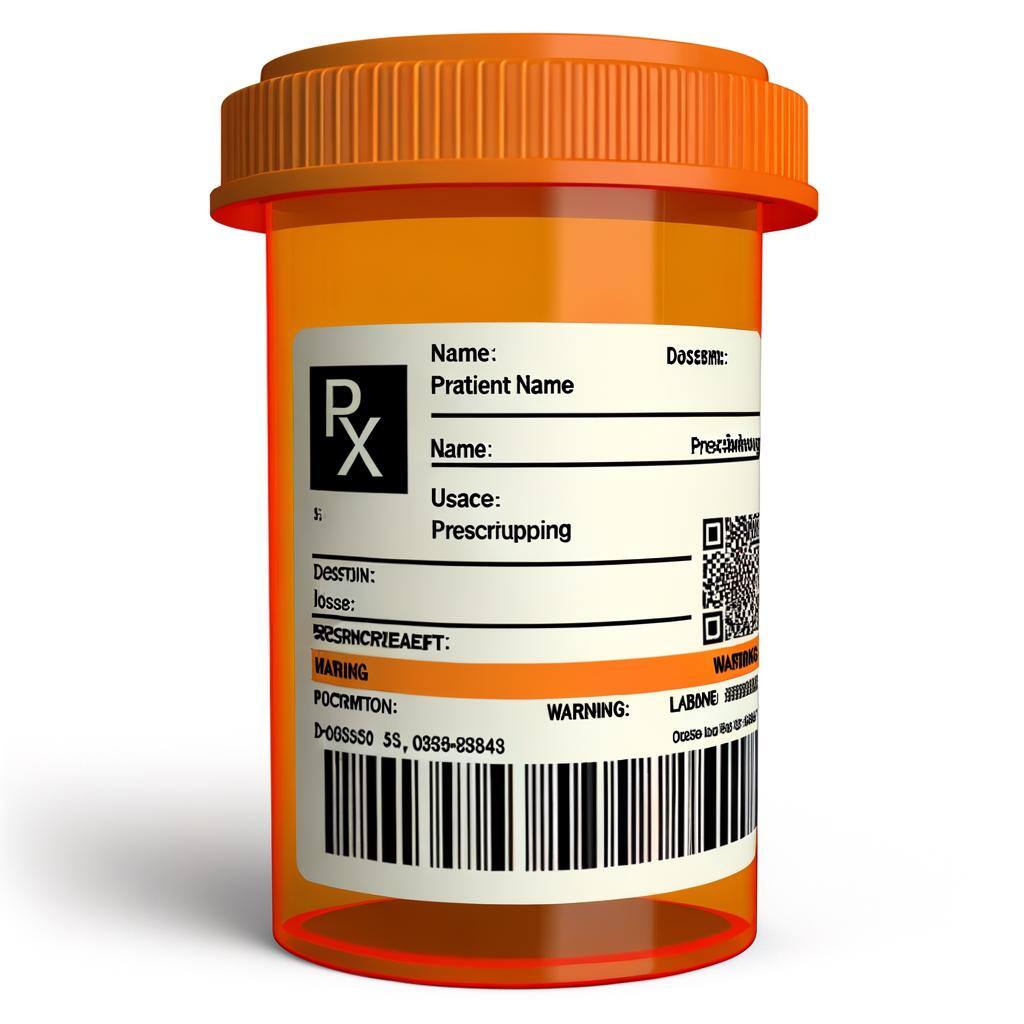Precision in Pharmaceutical Label Translation
Medical Pharmaceutical Translations • Jun 24, 2024 2:12:00 PM

Explore the importance of accurate pharmaceutical label translation and the key factors to consider for precision in this specialized field.
Challenges in Pharmaceutical Label Translation
Pharmaceutical label translation poses several challenges due to the complex nature of the content. One of the main challenges is ensuring accuracy and consistency in translating medical terminology, dosages, and instructions. It is crucial to accurately convey the intended meaning without any ambiguity or confusion. Another challenge is adhering to regulatory requirements and guidelines while translating the labels. Different countries may have specific regulations and guidelines for pharmaceutical labels, and translators need to be familiar with these to ensure compliance.
Furthermore, pharmaceutical labels often contain technical information such as drug interactions, contraindications, and adverse effects. Translating this information accurately and effectively is essential to provide patients with the necessary information to use the medication safely. Additionally, cultural considerations play a role in pharmaceutical label translation. Certain terms or concepts may not have direct equivalents in other languages or may carry different meanings in different cultures. Translators must navigate these cultural nuances to ensure accurate and culturally appropriate translations.
Regulatory Guidelines and Compliance
When translating pharmaceutical labels, it is crucial to adhere to regulatory guidelines and ensure compliance with the laws of the target market. Different countries have specific requirements regarding the information that must be included on labels, such as product name, dosage, warnings, and storage instructions. Translators must familiarize themselves with these guidelines to accurately translate and include all necessary information. Failure to comply with regulatory requirements can result in serious consequences, including legal issues and harm to patients.
In addition to regulatory guidelines, translators must also consider compliance with industry standards and best practices. This includes using clear and concise language, maintaining consistency in terminology and formatting, and ensuring accurate translations of technical terms. By following these guidelines and standards, pharmaceutical label translations can meet the necessary regulatory requirements and provide patients with the information they need to use medications safely.
Specialized Terminology and Accuracy
Specialized terminology is a critical aspect of pharmaceutical label translation. Medical terminology can be complex and precise, and translators must have a deep understanding of these terms to accurately convey their meaning. Inaccurate translations of medical terms can lead to misunderstandings or incorrect usage of medications, which can have serious consequences for patients' health.
To ensure accuracy in translating specialized terminology, translators often rely on various resources such as medical dictionaries, glossaries, and consultation with subject matter experts. It is essential to use reliable sources and verify the accuracy of translations to maintain precision. Additionally, translators must stay updated with the latest developments in medical terminology to provide accurate translations that align with current medical practices.
Cultural Considerations in Translation
Culture plays a significant role in pharmaceutical label translation. Different cultures may have varying beliefs, attitudes, and practices related to healthcare and medication. Translators need to consider these cultural nuances to ensure that the translations are not only accurate but also culturally appropriate and understandable for the target audience.
Cultural considerations may include adapting certain terms or concepts to align with the cultural norms and beliefs of the target audience. It is essential to avoid any cultural misunderstandings or offensive translations that could impact the acceptance and usage of medications. Translators should also take into account any cultural sensitivities or taboos related to certain medical conditions or treatments and provide appropriate translations that respect these cultural aspects.
Quality Assurance and Proofreading
Quality assurance and proofreading are crucial steps in pharmaceutical label translation to ensure accuracy and precision. Translators should thoroughly review their translations to identify any errors, inconsistencies, or omissions. This includes verifying the correct translation of medical terms, confirming the compliance with regulatory guidelines, and checking for any grammatical or formatting errors.
In addition to self-proofreading, involving a second translator or an expert in the field can provide an extra layer of quality assurance. Collaborating with professionals who have expertise in pharmaceutical translation can help identify any potential issues and ensure the translations meet the highest standards of accuracy and quality. Proofreading should also include checking for any potential mistranslations or misleading information that could negatively impact patients' understanding and usage of medications.
